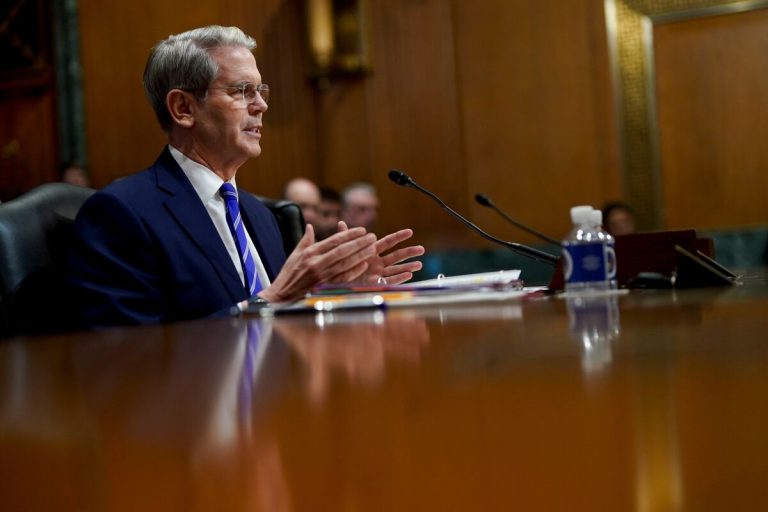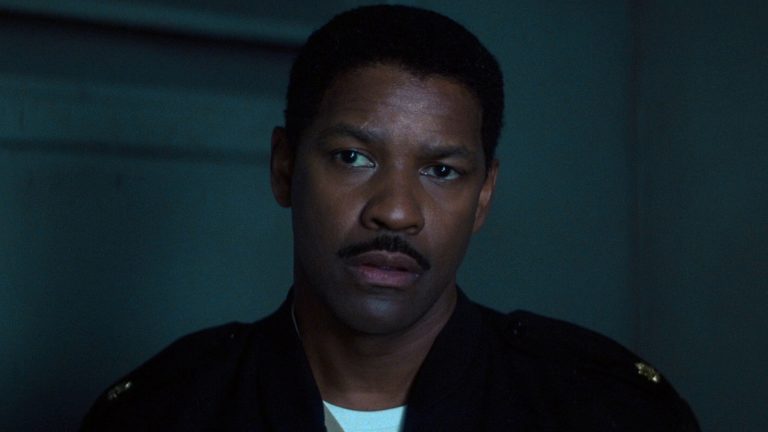
Commerzbank AG is looking at job cuts and moving roles outside Germany as part of a strategy update that the lender is set to present on Feb. 13, the Financial Times reported, citing people familiar with the matter.
Commerzbank Mulls Job Cuts in Strategy Revamp, FT Says

Estimated read time
1 min read
You May Also Like
TikTok tells US users it is shutting down ‘temporarily’
January 19, 2025
Trump’s Memecoin Creates Billions From Thin Air Before DC Return
January 19, 2025
China’s Growth Underscores Bessent’s Call to Rebalance Trade
January 19, 2025
More From Author
Highlights: Elgin City 0-3 Aberdeen
January 19, 2025
TikTok tells US users it is shutting down ‘temporarily’
January 19, 2025
























+ There are no comments
Add yours